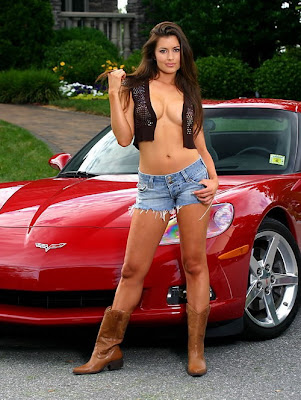
An electric car is very beneficial because it is a substitute for fuel automobiles using electric motors for propulsion instead of usual propulsion techniques like internal combustion engine. Electric cars are exclusively a variety of electric vehicles that are intended for using as a form of road-going automobile. Usually on-board battery packs are a source of their power. Due to the source being electric powered was the possible reason for theelectric cars to be believed as battery electric
vehicles. During the mid-19th and the early 20th century, the electric cars got popular. This was the time when electricity became one of the favored methods for automobile propulsion. This provided a comfort level and ease of operation that the gasoline cars could not achieve at the time.
Most people use DIY electric car kits for converting their cars from gas into electric powered. These kits have gained pretty popularity today because of its advantage for economic and environmental reasons.
Nowadays, there is a hike in oil prices. This economic downfall has forced many people to look for ways to save their money. Electric cars are cheap and does not cost too much for maintaining. One will be able to save money that would have burned in fuel costs. This would reduce the expenses linked with maintenance and repairing a gasoline-powered engine.
One reason is that the global warming is beginning to effect all over the world. Electric cars have no emissions which makes them clean. One can do his part in protecting the environment by using electric cars.
Other benefits that can be achieved from owning electric cars are its excellent top speeds and a quiet drive. Its electric motor does not make noise as compared to gas engines. It also has a benefit during long drives that one does not have to stop at gas stations for refueling anymore.
The conversion process of DIY electric car is really very simple. The idea behind it is to remove the internal combustion engine replacing it with a direct current electric motor. As the engine is not present, all its associated components like the radiator, gas tank, fuel lines and exhaust pipe have to be removed also. Most free spaces in the EV will then be used for storing deep cycle batteries. This is the reason that for choosing the donor car for conversion to an electric car, one has to ensure that there is enough space for batteries as well as good ventilation.
The instructions present on DIY car kits are easy to understand and follow. It would be beneficial to own an electric car and enjoy its benefits which will have a positive impact on the economy and environment.



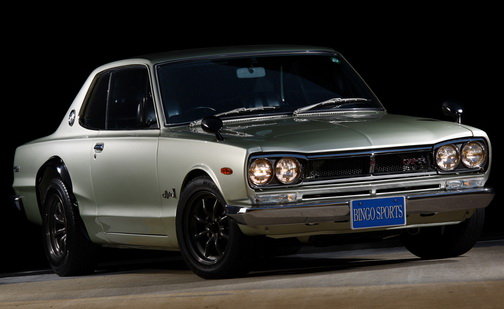














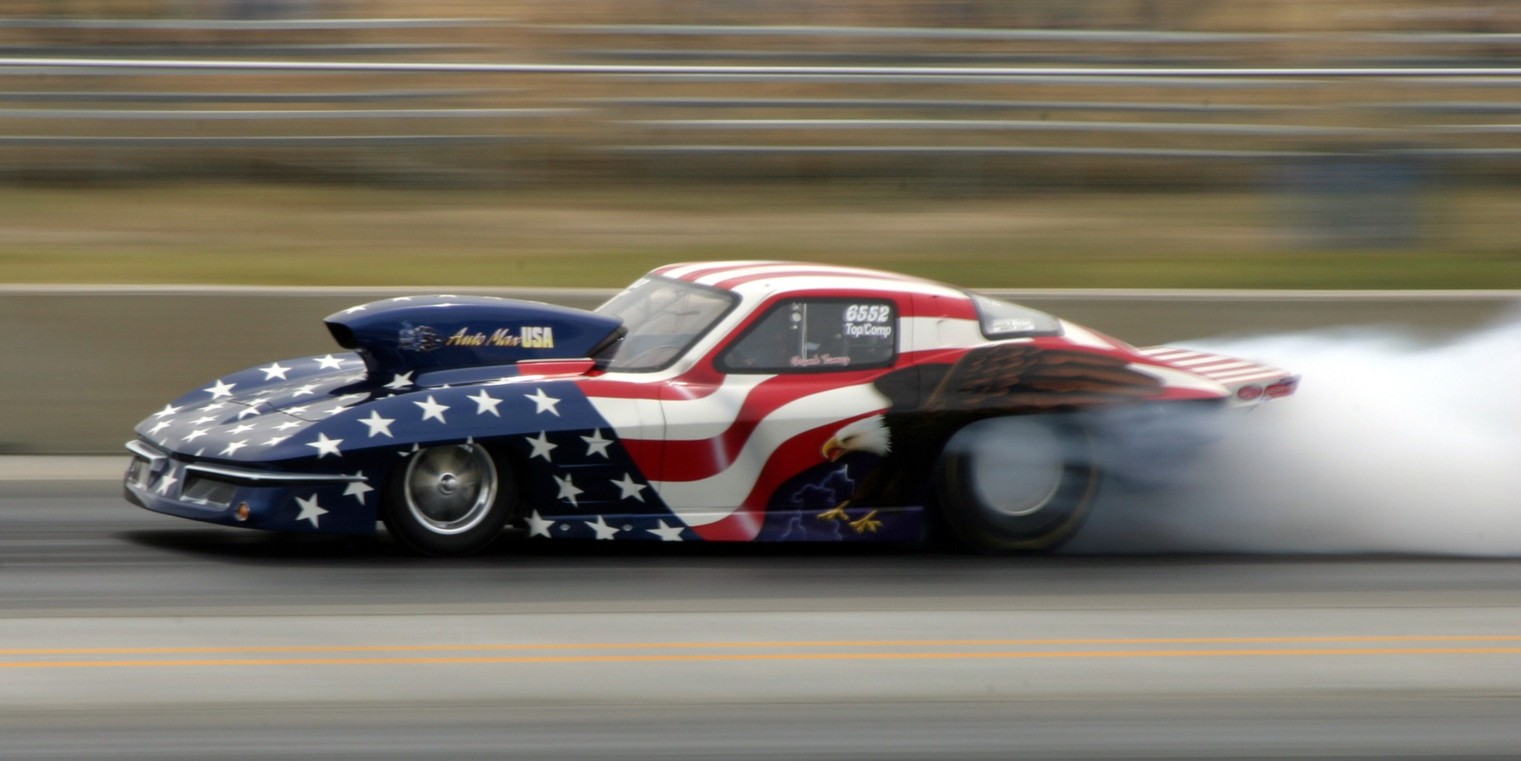



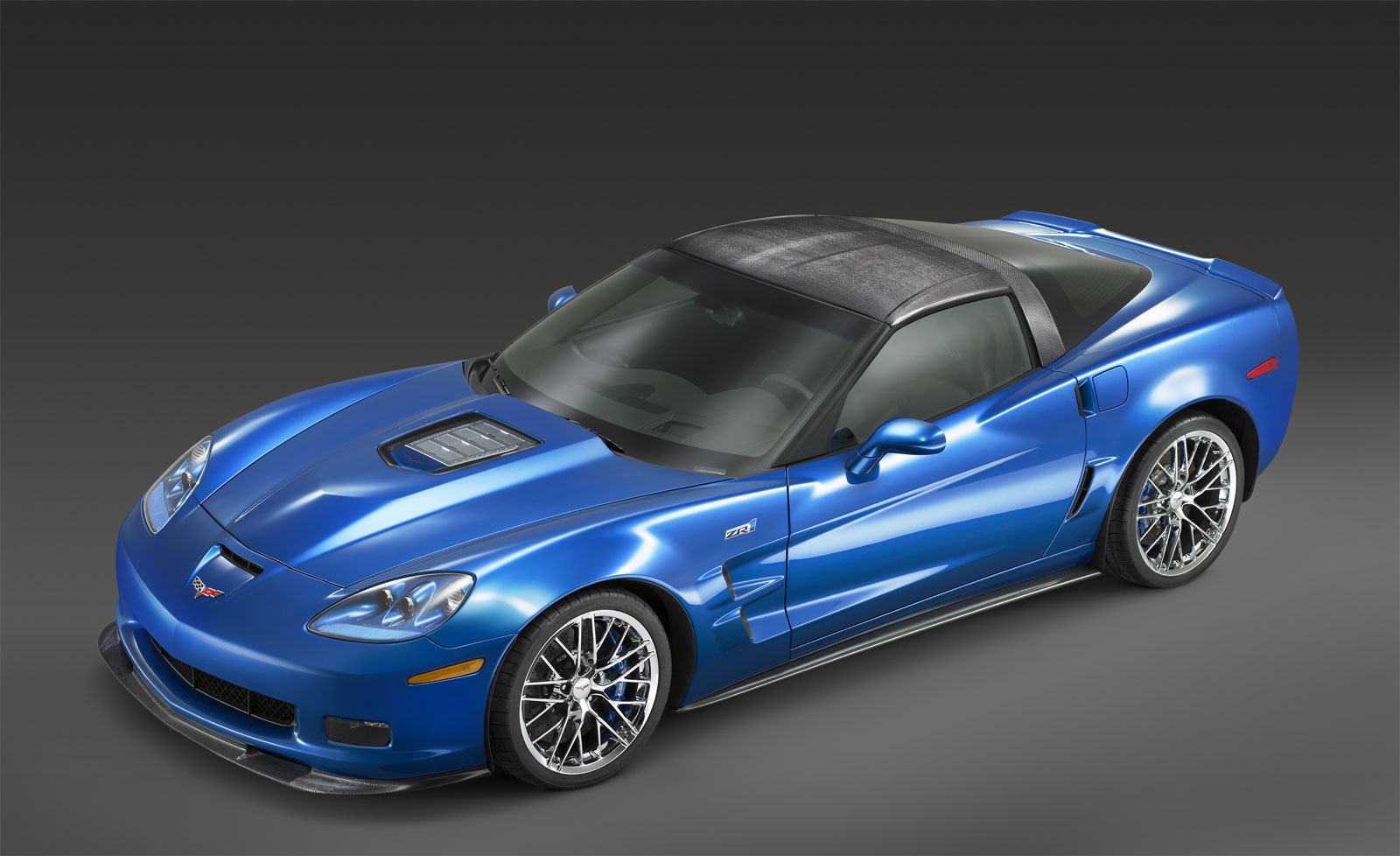
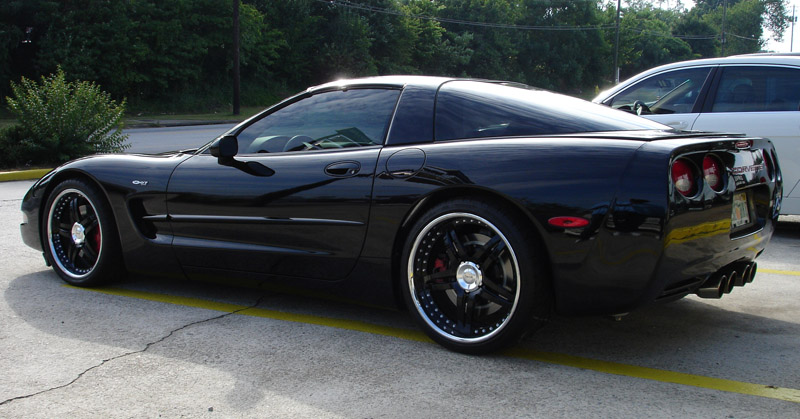





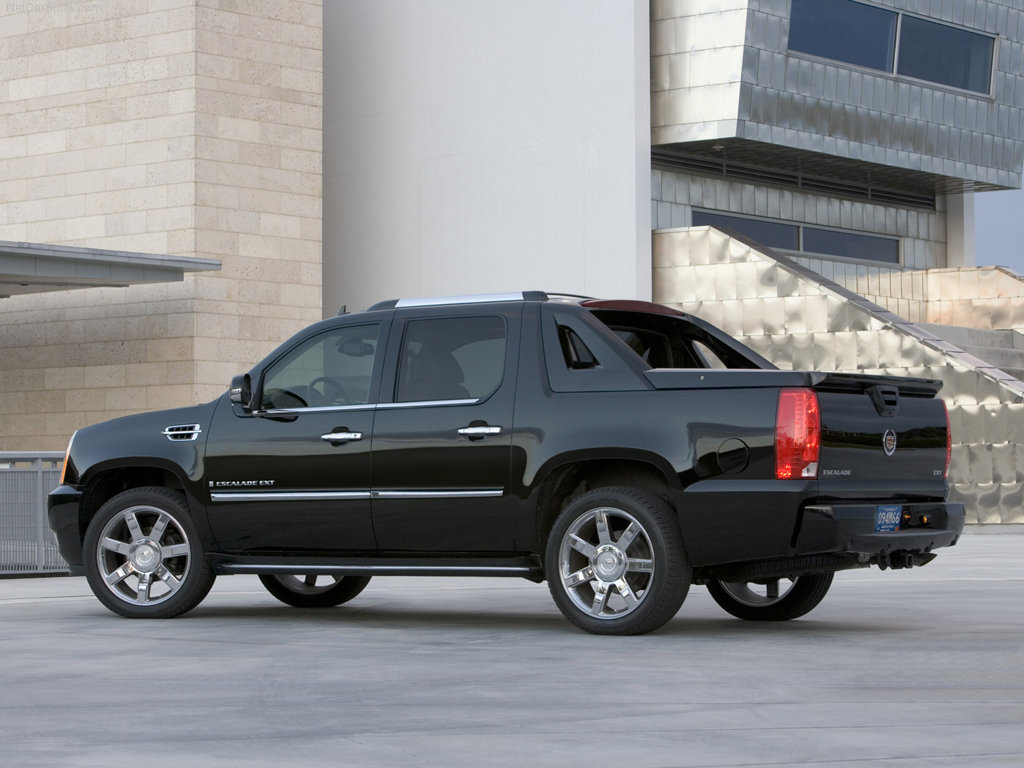




















 An electric car is very beneficial because it is a substitute for fuel automobiles using electric motors for propulsion instead of usual propulsion techniques like internal combustion engine. Electric cars are exclusively a variety of electric vehicles that are intended for using as a form of road-going automobile. Usually on-board battery packs are a source of their power. Due to the source being electric powered was the possible reason for theelectric cars to be believed as battery electric
An electric car is very beneficial because it is a substitute for fuel automobiles using electric motors for propulsion instead of usual propulsion techniques like internal combustion engine. Electric cars are exclusively a variety of electric vehicles that are intended for using as a form of road-going automobile. Usually on-board battery packs are a source of their power. Due to the source being electric powered was the possible reason for theelectric cars to be believed as battery electric 

